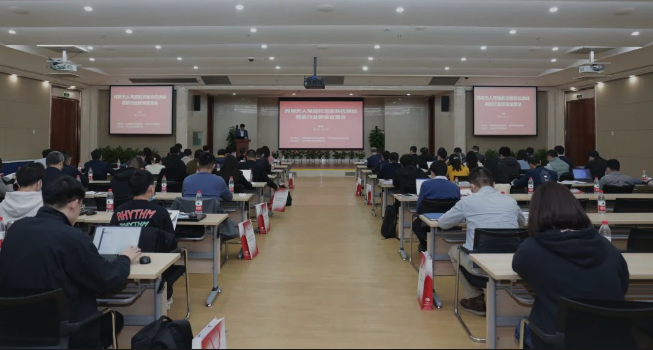
On March 15th, the Civil Aviation Industry Standard Promotion Conference for Civil Unmanned Aerial Vehicle Systems, hosted by the China Academy of Civil Aviation Science and Technology, was held in Hangzhou. Leaders from the Civil Aviation Administration of China, the Future Science and Technology City Management Committee, and the China Academy of Civil Aviation Science and Technology attended the event. Yang Fei, a first level researcher at the Air Traffic Control Industry Management Office of the Civil Aviation Administration of China, delivered a speech entitled "Innovative Practice, Scientific Classification, and Realizing High Quality Development of Unmanned Aerial Vehicles".
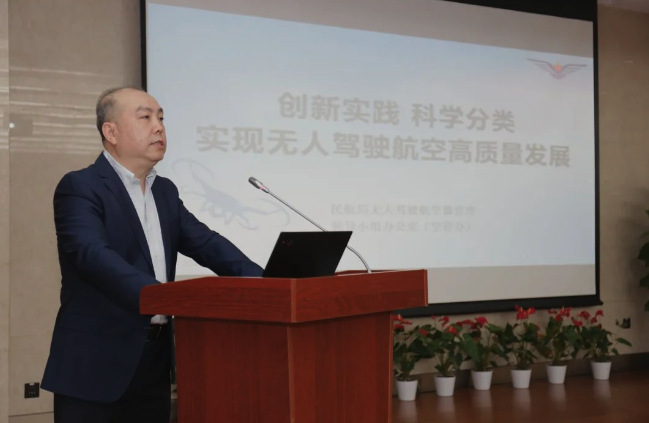
Zeng Ming, Director of the Flight Standards Department of the Civil Aviation Administration of China, delivered a speech titled "Reflections on the Operational Policy of Civil Unmanned Aerial Vehicle Systems" at the meeting.
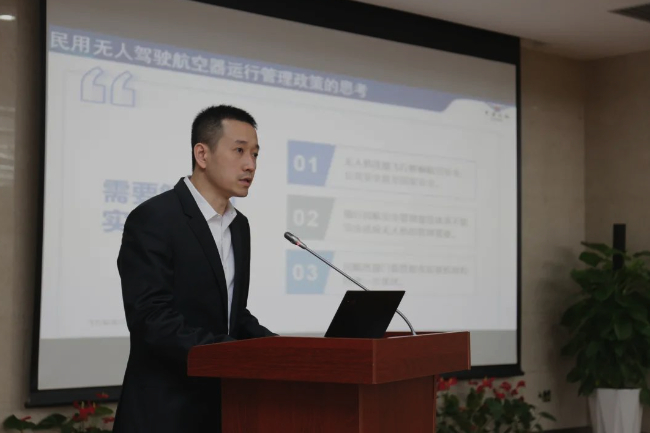
Cui Yuliang, Director of the Airworthiness Certification Department of the Civil Aviation Administration of China, delivered a speech titled "Overall Introduction to the Airworthiness Certification Management Policy for Civil Unmanned Aerial Vehicle Systems".
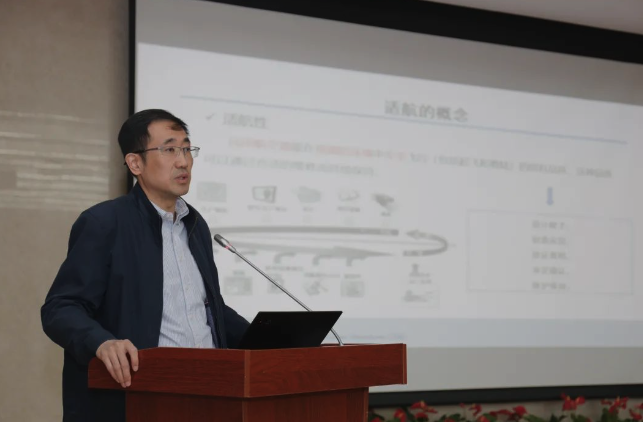
In the afternoon, members of the expert group representing Antwork Technology interpreted the "Classification of Distributed Operation and Operation Levels for Civil Aviation Unmanned Aerial Vehicle Systems" and "Technical Requirements for Urban Scene Logistics Electric Multi rotor Unmanned Aerial Vehicle (Light and Small) Systems" to the on-site guests.
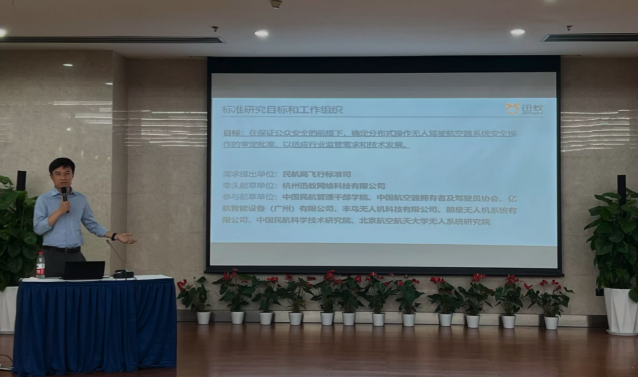
The Distributed Operation Level Classification of Civil Aviation Unmanned Aerial Vehicle Systems was drafted by Antwork Technology and officially released on September 1, 2022. This standard is one of the important industry standards for distributed operations, which helps to promote standardized management and application of distributed operations, while promoting the improvement of unmanned aerial vehicle operation automation level and ensuring sustainable development of the industry. At the meeting, Mr. Zhao Liang, CMO of Antwork, interpreted and shared the standards. He said, "In the scenario of unmanned aerial vehicle operation, the development of automation technology helps to reduce the human-machine ratio, reduce management and training costs, and at the same time, ensure safety." The "Classification of Distributed Operation Levels for Civil Aviation Unmanned Aerial Vehicle Systems" focuses on automation and divides the distributed operation levels of unmanned aerial vehicles into six levels: AL-0 to AL-5, Define the automatic operation capabilities of different levels. The file triggers from different operating scenarios, extracts common key risk elements, and determines the required operating levels for different operating scenarios through the combination of key risk elements, thereby transforming the diverse operating scenarios into standard variables that are easy to classify and benchmark.
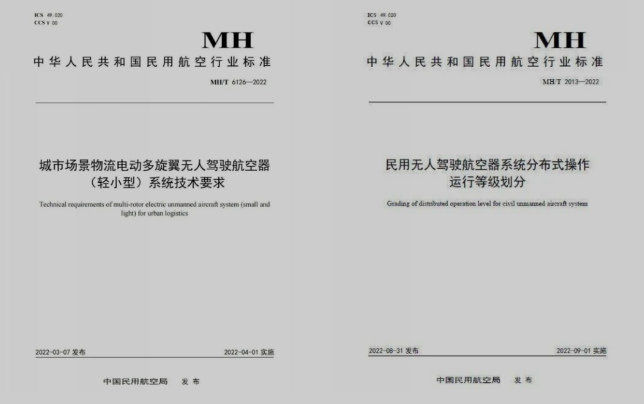
As another industry standard led by Antwork Technology, "Technical Requirements for Urban Scene Delivery Electric Multi rotor Unmanned Aerial Vehicle (Light and Small) System" emphasizes the safety design standards and functional requirements of unmanned aerial vehicles in densely populated areas, mainly used to guide the design and approval of urban scene logistics unmanned aerial vehicles. It was officially released on March 7, 2022.
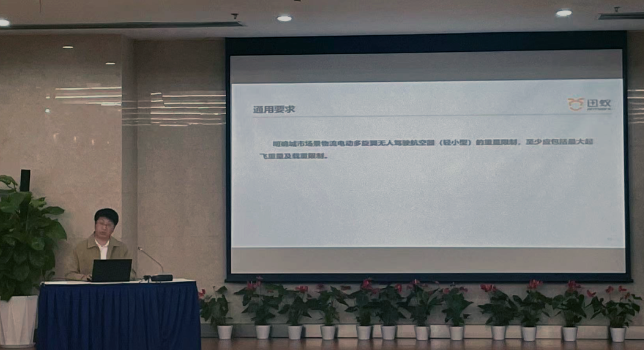
Mr. Chen Qinghai, Director of Hardware Research and Development at Antwork, explained the standard, "During the drafting of the standard, the expert group formulated principles. As delivery transportation in urban scenarios mostly operates in high-density population areas, safety is the core focus of urban drone delivery transportation. At the same time, for the specific use of drones in logistics scenarios, the special technical composition of logistics scenarios also needs to be considered."
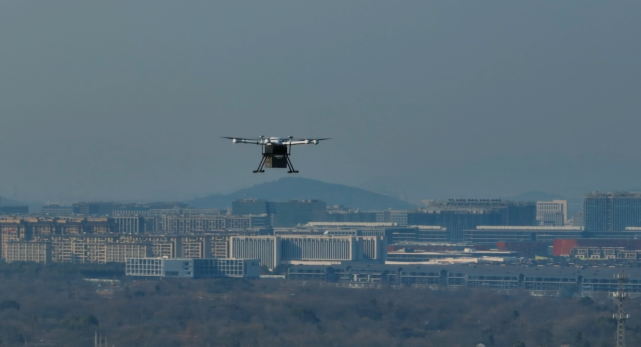
咨询/售后服务热线:
400-765-5670
公众号-1

视频号-2
